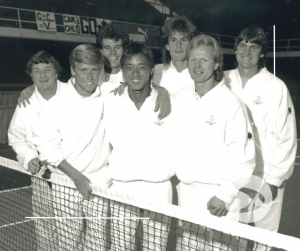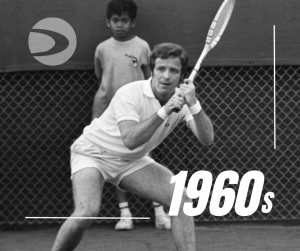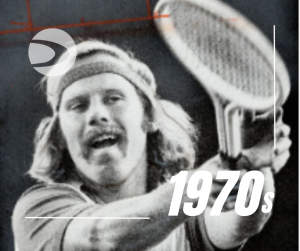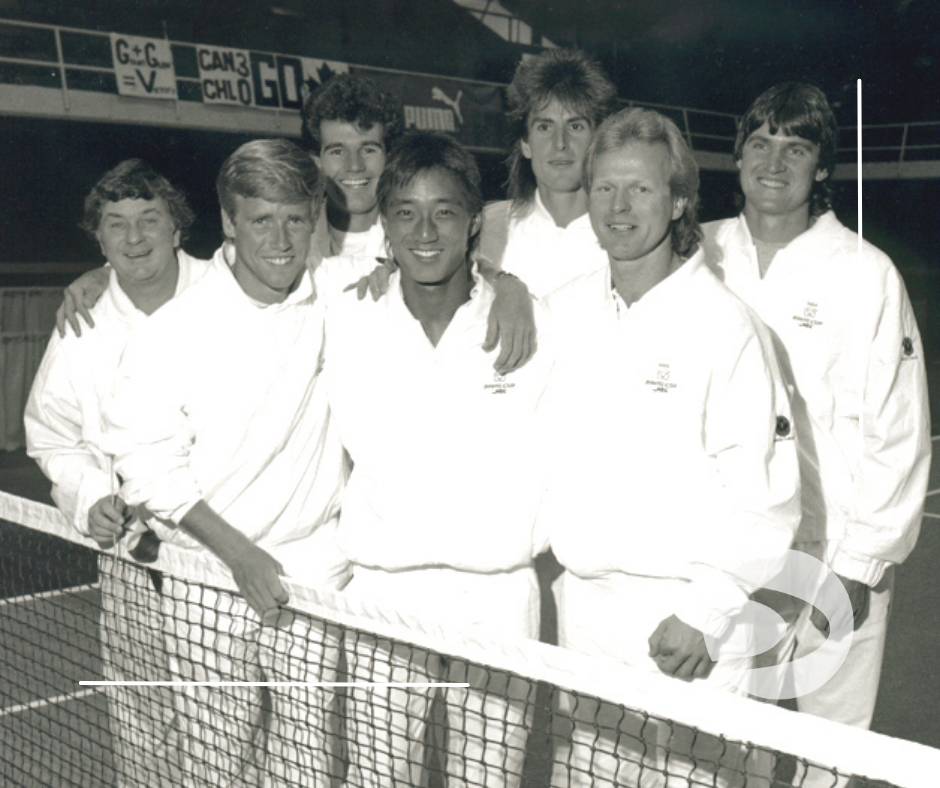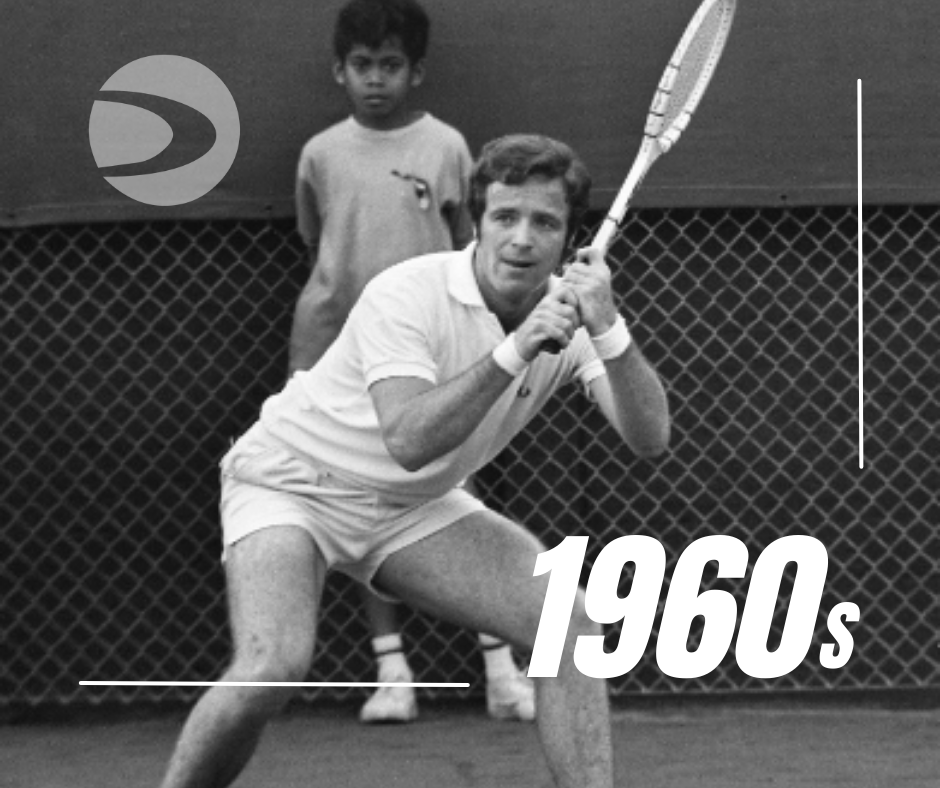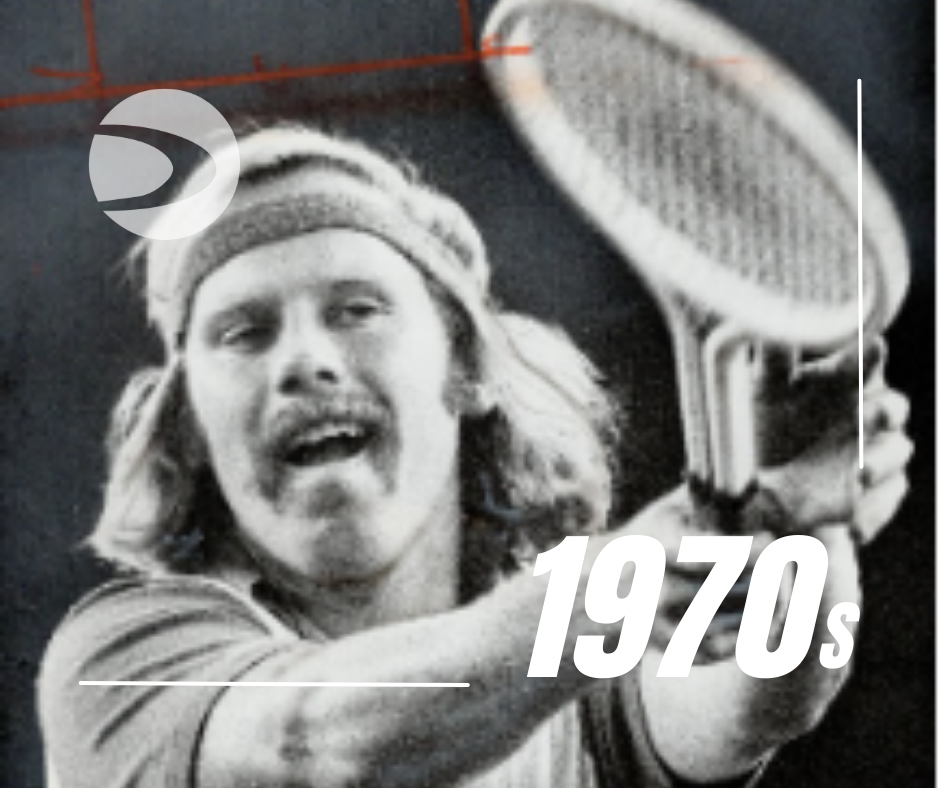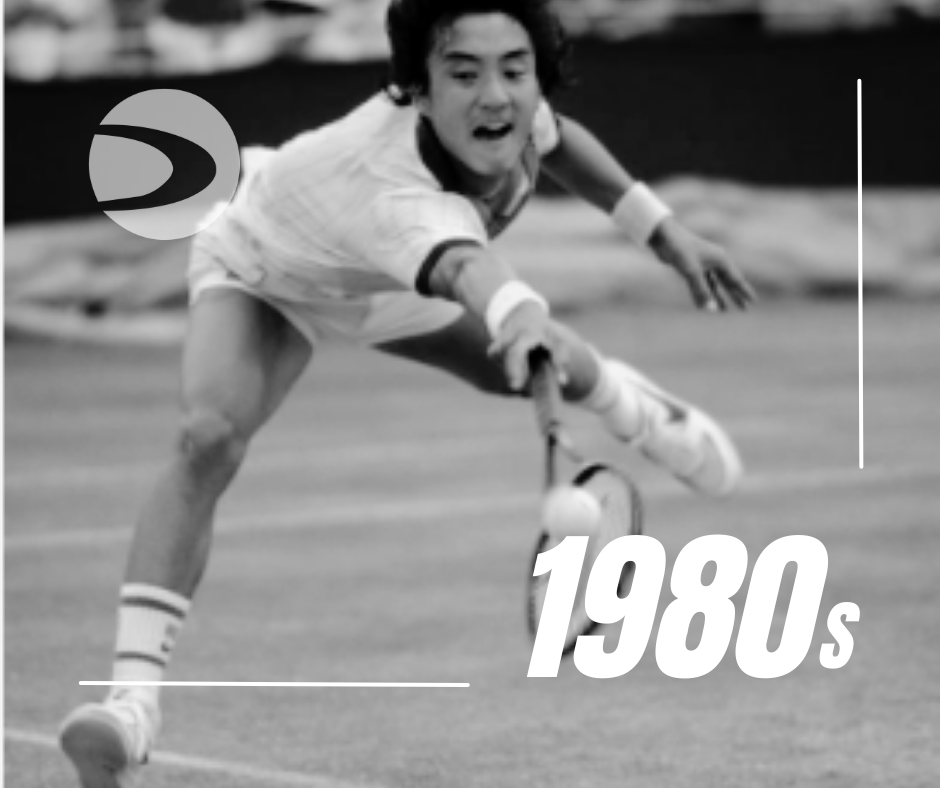BY PETER FIGURA
Rob Steckley has been coaching many players both on the WTA and ATP Tour, working among others with 2015 Roland Garros finalist Lucie Safarova, and in 2018 with Denis Shapovalov. Most recently he has been working with some of the top Canadian prospects like Kayla Cross.
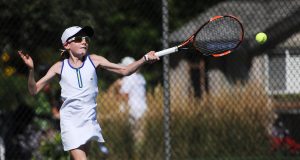
With such vast experience and success it would be very interesting to see Rob’s perspective on coaching on both tours as well as discuss similarities and differences when working with younger players.
PF: Last time we spoke it was after 2015 Roland Garros and your success working with Lucie (Safarova – PF). What has changed since?
RS: Interesting you asked that question because I am going through this transition in my coaching approach on how to perhaps do a little less touring but yet still stay very involved, and finally being able to build a home base in Toronto. So I am reflecting a little bit on this coaching development form when I started working with Alex (Wozniak – PF) then Heidi (El Tabakh – PF), and then out of a sudden leaving Canadian tennis to work with Sania Mirza, and the list goes on….working with Lucy and our on court success gave me the confidence when I transitioned to the ATP and started to work with Denis (Shapovalov – PF). Without that I probably would not be ready to get involved with Denis and actually to believe that I would help

him.
PF: How was that transition from the WTA to ATP Tour
RS: I found myself very comfortable quite quickly. It is a whole different approach and coaching philosophy, and different relationships. Of course I had to challenge myself. As a coach you have to be adapting into whatever type of scenario you are thrown into and the project you are getting involved in. I did not have an issue transitioning between the Tours, but found myself instantly enjoying the transition because it is a lot about the relationship with your players. And I was naturally able to have a good coaching relationship with my players on the WTA Tour, and my playing background also played a big role. Of course in the beginning I did not know as much as I do now, but in this job you learn as you go. So when I started working with Denis I approached that challenge the very same way, learning on the job, and found myself very comfortable within two weeks. It was also about being able to relate personally (this time on a male to male level), getting back to the mindset of a guy, working with a shorter window of opportunity to deliver the information, and then being also able to apply all the experience as a coach I gained on the WTA Tour and to apply to this new situation.
PF: What do you think helped you the most?
I think it has something to do with personality. I am not easily intimidated. I get nervous, that’s for sure, particularly doing something new and big, but you have to realize that when you do something like this you have to be confident that you will get the job done, that you will be able to figure things out. You may not get all the answers instantly, but you are up for the challenge and confident.
You have mentioned a shorter window of opportunities. Can you expand on that?
RS: There is more stability on the guy’s side. It is fascinating that there is a greater chance and more opportunities on the WTA Tour, because each week could be the week that you strike gold. On the ATP Tour on the other hand there are certain limitations on who you are working with and how they will end up in a particular tournament. You may have wishful thinking, but realistically it all depends on the size of the tournament and who you are with. There is a cap to that and the process and amount of work to be able to pass that. Physicality on the men’s side is the focus, because every player can hit the ball hard, they can move, and they are getting constantly stronger and stronger. On the WTA side the window of opportunities is much bigger, you are still working on the same elements as guys, but it is very exciting to realize that each week presents itself with new opportunities.
PF: From your perspective how both tours have changed over the years?
RS: It is getting tricky nowadays, and COVID has a lot to do with this. On the outside it does not appear that anything has changed, but on the inside it is a different story. Players are not as happy, and those who already put years on the tour are struggling a bit more. The newcomers do not know any better so it is very different for them.
PF: I have heard an opinion from one of the coaches that COVID and playing with no audience (among other changes) is responsible for 10-15% of different results on the tour. What is your opinion about that?
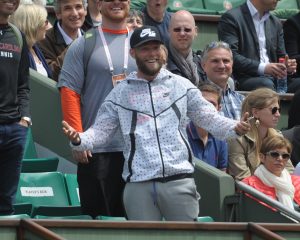
RS: I agree. I was on the inside so I know for the fact that the situation benefitted certain players right away. Those changes to how the tournaments have been organized and played has a direct impact on how certain players broke through. For example, in the beginning there was no crowd, so players who were accustomed to the energy that the crowd brings and their ability to feed off that energy found it much more difficult to cope with than the players who did not have that kind of experience.
PF: If or when we come back to “normal” what do you see as the biggest challenges on both tours?
RS: Lack of funding is a problem right now. Prize money and the sponsorships are down. I had a very comfortable situation working with players that they actually had budgets. But when the players are making much less, particularly those that are not at the top, it starts creating more challenges. With less money there is less of everything, coaching, travelling. There is also a lack of tournaments, particularly at the ITF Level. It’s starting to come back a little bit, but there is still a long way to go.
PF: Can you see the solution?
RS: I think there is a need to unify things. To bring both tours together. One tour can share the publicity, sponsorships, money, and will allow building tennis the way it should be. New faces in tennis are good for our sport, but there is a need for a joint venture so the funds are distributed equally.
PF: You are now working with up and coming players. How do you enjoy the change and the new challenges?
RS: I really like it. There is so much information that I am trying to take it from the pros and to pass that information to the players that are aspiring to get to that level. And I can see how the experience that I have can benefit them drastically in all aspects of their careers. And of course there is that age difference. 16 or 17 year old players still do not know who they really are. 25 or 30 year old players pretend they know more than you do, but after a conversation they realize that they might be mistaken, and because their result is on the line they will agree with you.
Younger players might put up a guard much easier and quicker, and the role of a good coach is to find that out before it happens. Younger players do not realize that the window of opportunities is relatively small so it is up to the coaches to make them realize that.
By Peter Figura, Contributing Editor & Author of “The Future of Tennis: A Photographic Celebration of the Men’s Tour”
Available on Amazon
Follow Peter’s photographic journey on Instagram

